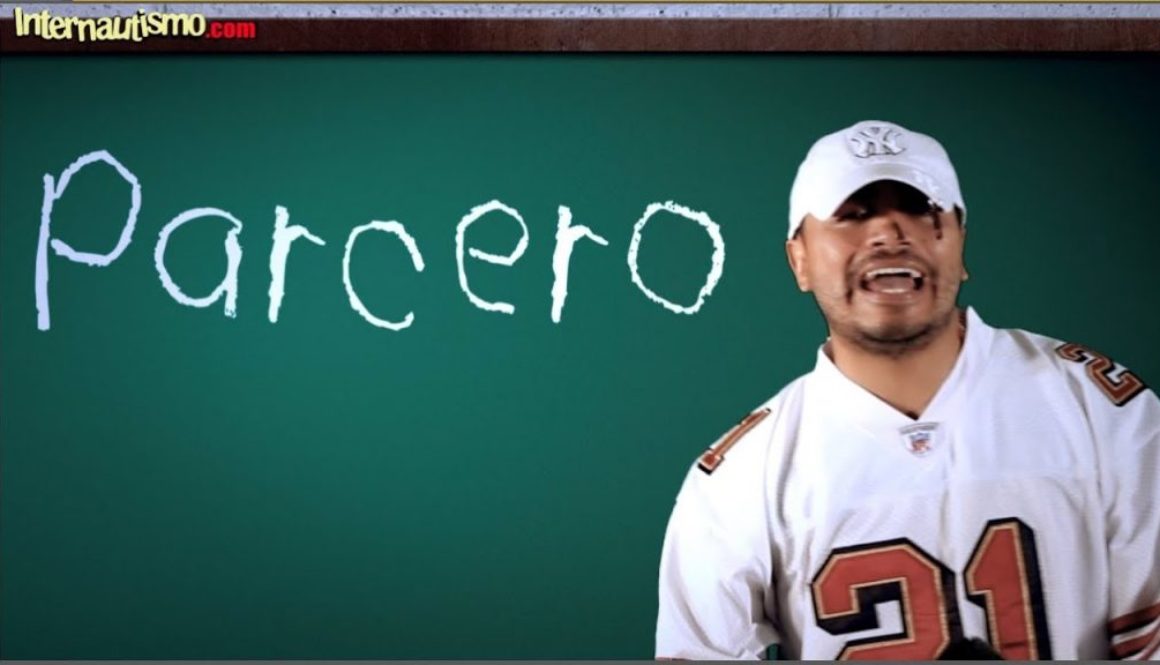Colombian Slang Basics: The Meaning of “Parcero” / “Parce”
Understanding one of Colombia’s most famous slang terms
One of the most famous Colombian slang words, especially in Medellin and nearby areas, is “parce”, or “parcero/a”; a word whose meaning is roughly like “dude”, “bro” or “mate” in English (it’s not 100% equivalent though as “parce” can be used for both men and women).
It is a word which you’ll hear in near enough every informal conversation between young(ish) Colombians, and is especially popular among guys. Less commonly, you might come across “parcerito”; the diminutive version, which sounds a little too cutsie for most people’s taste.
Origins of “Parcero”
As with all slang terms, there are hundreds of different versions of where they originally came from.
One of the more convincing in this case, is that “parcero” first came from the word “aparcero” – the term used for a person who held a stake in a community plot of land (or “parcela“). Back in the day, the fortunes of those working on these shared plots – the only source of food and income –, would be very closely interlinked.
Thus, your fellow “aparcero” would become someone you relied upon, worked closely with, and hopefully, shared some good times. It’s easy to see then how this later mutated to become your “friend” in modern Colombian conversation.
Modern Meanings of Parcero
Anyway, enough of the history lesson. Let’s take a look at some examples of how “parce” and “parcero” are used today. Remember that “parce” should be pronounced similar to the English “par-say” (though make sure to give it a bit of a Latin spin when you say it).
Use #1: Addressing Your Friend
This is the most common usage of “parce”: to directly address your friend or to get his/her attention. A few sample sentences of this:
¿Qué más parce?
Greetings don’t get much more Colombian than this. “¿Qué más parce?” means “how’s it going dude?”, “how you doing buddy?”, “what’s up man?” – something in that line.
Ey parce, ¿adónde vas?
Imagine you’re walking to your favourite bar in town with a friend. He takes a wrong turn down a street so you shout out to him: “ey parce, ¿adónde vas?” – “hey man, where ya going?”.
¡Qué pereza parce!
”That’s such a pain man!”; “what a drag bro!”.
Use #2: To Refer to Your Friend(s)
”Parce”, or “parcero/a”, is not only used to directly address your friend. Colombians also use it when talking about their buddies:
Son unos parceros míos
A Colombian way to say “they’re friends of mine” / “they’re my buddies”.
Similarly, you might see a photo of a big group of friends together on Facebook or wherever, which has been titled simply “los parceros”. This would be something like putting “with my friends” or “the gang” in English.
Use #3: Describing Personal Qualities
A final use of the term “parcero” is as a local equivalent of “amiguero” or “friendly” / “someone who has a lot of friends”.
So, you might be in a conversation with a friend and they’re talking about a third person, who you don’t know. Your friend thinks this other guy is great and says to you:
Él es muy parcero
In other words, “he’s very friendly” or just “he’s a real good guy”. High praise indeed.
Courtesy of Colombia Spanish

